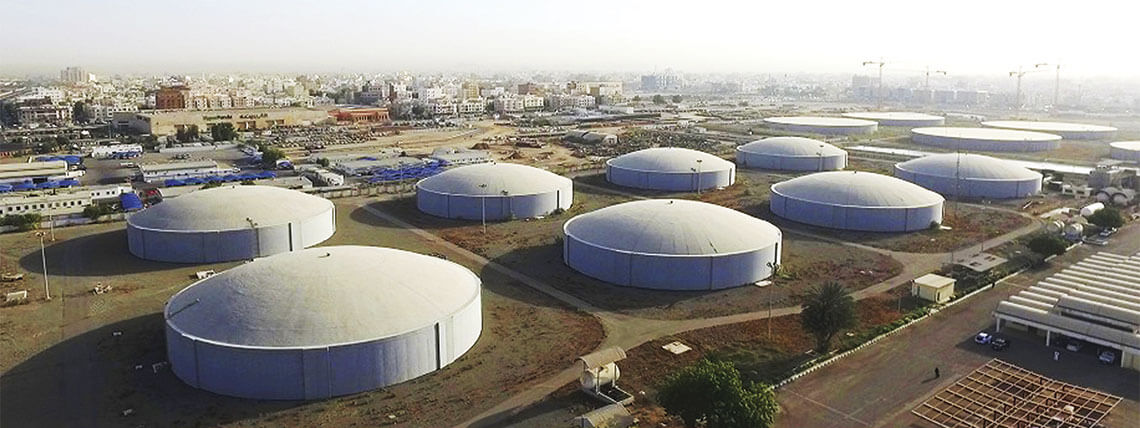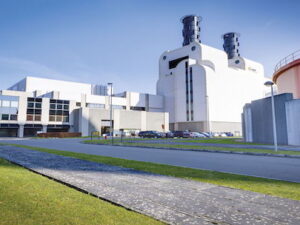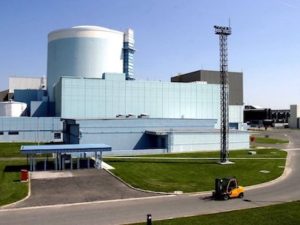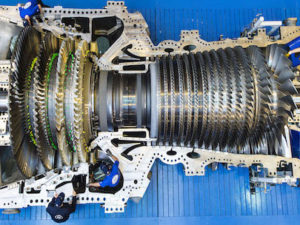Faisaliah Large Water Tanks
Seismic analysis and design of large water tanks
The largest capacity water tanks in the world
The Faisaliah water tanks is located in Saudi Arabia. It is owned by the National Water Company, and are considered to be the biggest water tanks in the world under construction, and were registered in the Guinness Book of World Records as the largest capacity tanks in the world at the time. The four water tanks are located in the city of Jeddah, Saudi Arabia, and their function is to provide potable water to a large portion of the total population. The tanks have a diameter of 120 meters and a height of 30 meters approximately, which is pretty much equivalent to a football stadium full of water. Their total capacity is 2.06b cubic meters.
The tanks are conceived in pre-stressed concrete and its walls are 90cm thick. The walls are supported on an 80cm thick ring slab foundation. On the inner side, the slab is 20 cm thick. In the interface between the foundation ring and the tank wall, seismic elastomeric supports and seismic anchor cables were also used.
Added Value Analysis
Dynamis performed the complete seismic studies through a non-linear push-over analysis where phenomena such as the soil structure interaction, the fluid structure interaction, the uplift of the foundation or the deformation induced by the compression produced by the overturning moment were considered.
Soil-structure interaction was considered through the so called “dynamic impedances method”, where the scattering of the seismic waves was taken into account. The fluid-structure interaction was considered coupling the impulsive and convective contributions to the walls and to the slab.
The study performed allowed a deep analysis of the energy dissipation mechanisms developed in the system’s soil-fluid-tank and an evaluation of the real ductility of the tank. In fact, this study concluded that the coefficients given by the seismic standard in the project overestimated the ductility of the system.
The study of the water tanks performed brought to light the different energy mechanisms involved in the system soil-structure-water. Our analysis was used to evaluate the ductility of the system. In fact, it was found that the use of the ductility coefficients present in the code would have overestimated the ductility.







